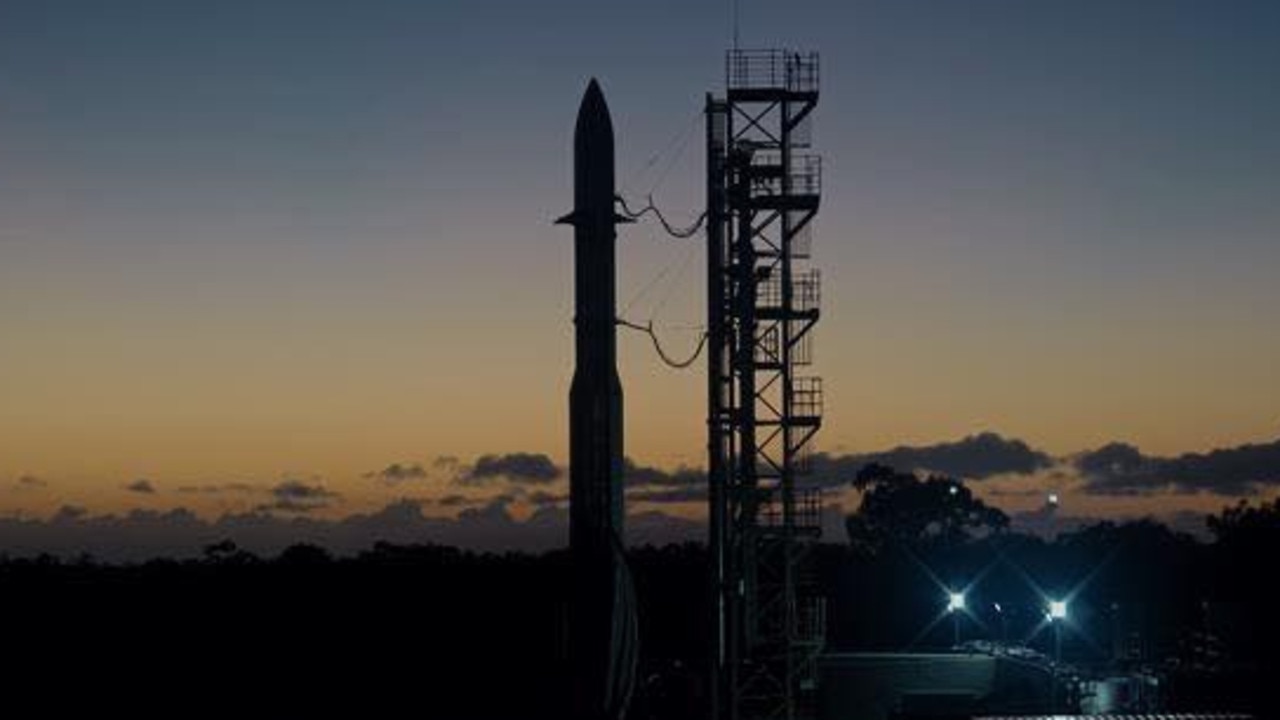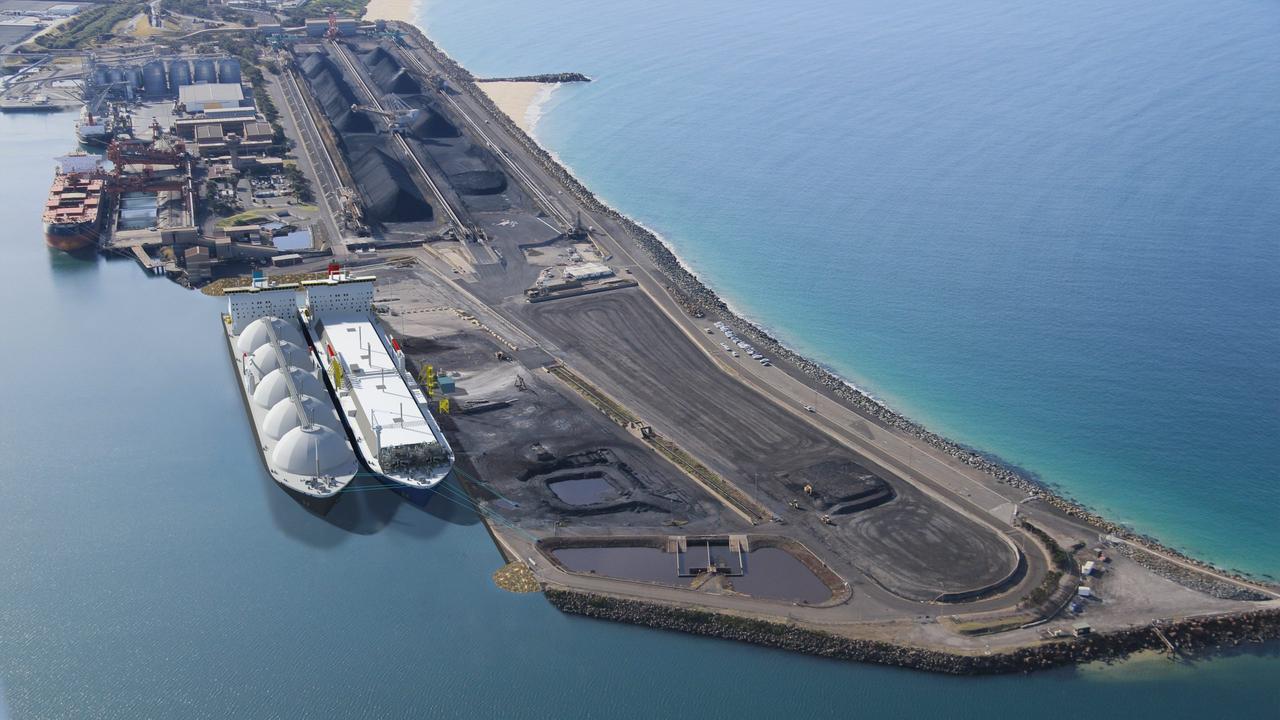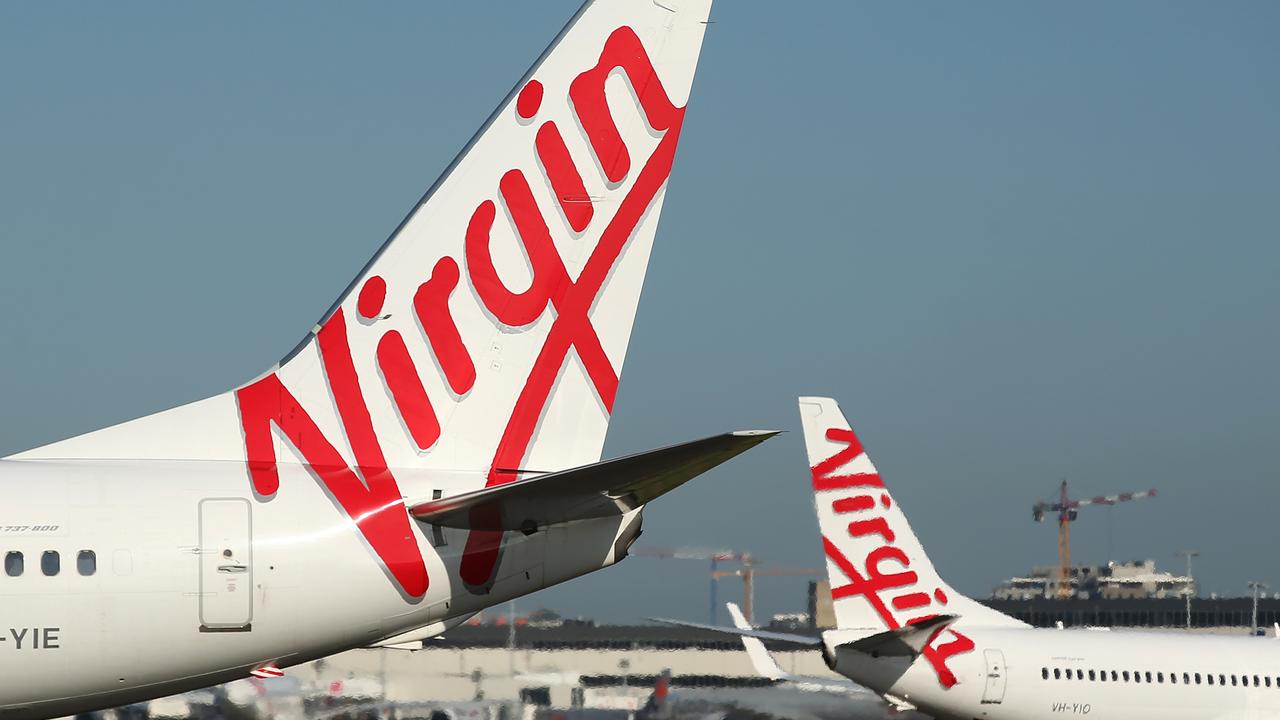Albanese government must tread very carefully with our defence security
Australia must not be led into a false sense of defence security by Donald Trump’s tariff offer that will be based on the US gaining access to our defence and industry vital heavy rare earth mineral, terbium.
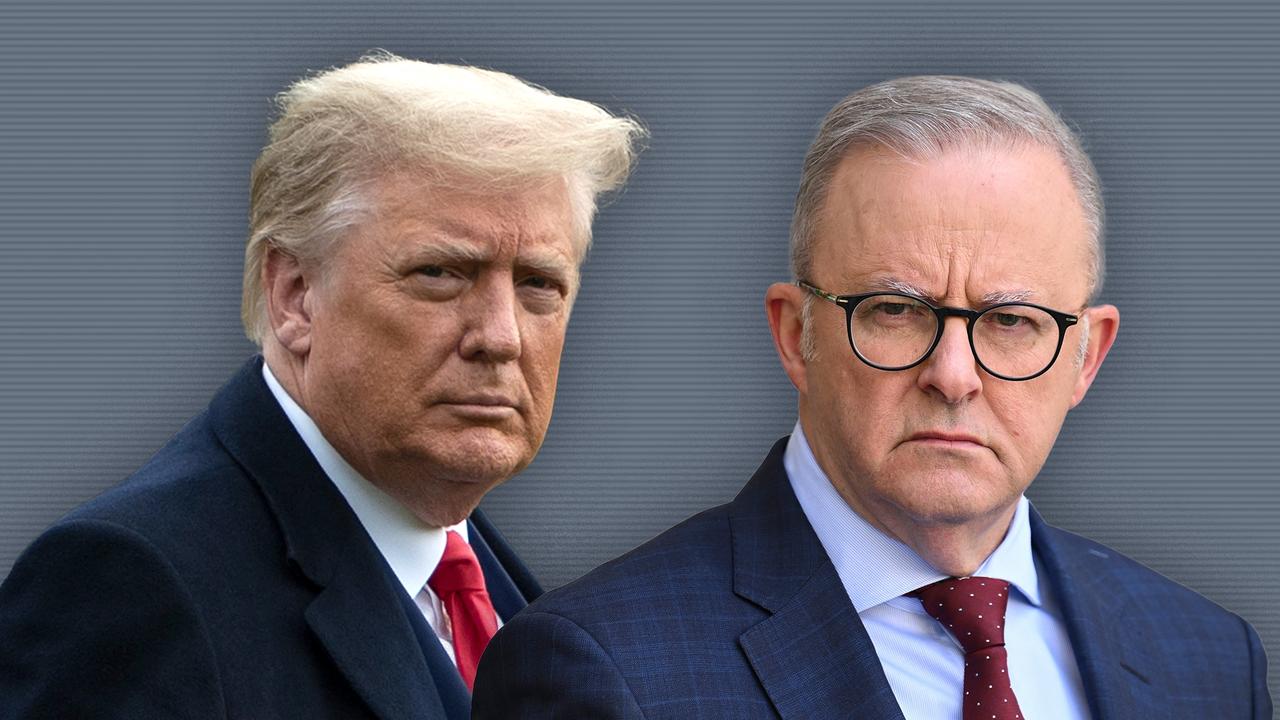
Business
Don't miss out on the headlines from Business. Followed categories will be added to My News.
Australia must not be led into a false sense of defence security by Donald Trump’s tariff offer that will be based on the US gaining access to Australia’s defence and industry vital heavy rare earth mineral, terbium.
The discovery of high-grade deposits of the terbium and dysprosium in northern Western Australia might help on tariffs, but when added to iron ore and gas, the region becomes one of the most attractive military targets in the world.
Yet without the ANZUS treaty and US defence, it is a “sitting duck”. We have no effective defence. It’s only a matter of time before one of the countries in the region tries to take it from us.
Defence Minister Richard Marles is no fool, and he knows that, given the US defence spending ultimatum, Australia must increase its defence expenditure to defend the nation’s assets. After the US warning, we can’t simply rely on the US to provide our security.
But Marles has Anthony Albanese, who does not understand the realities of defence in the modern world. Indeed, the Prime Minister might argue that the existence of terbium and dysprosium in WA makes it certain the US will look after us, despite Australia virtually daring the US not to defend us by treating its demands with scorn.

But what if Ukraine has an equally great deposit of terbium and dysprosium? Ukraine has already given the US rights over its rare earths. And technology might make Pine Gap nearby in the Northern Territory less vital to US security.
An unpredictable President Trump or his successor might enjoy teaching Australians a lesson.
Meanwhile, the defence lessons coming out of the Ukraine-Russia war are good news for Australia, but conversely, the conclusions from the India-Pakistan conflict are dangerous. Both show us what is required in modern warfare, and with ingenuity it might be possible to lift defence spending in key areas without embarrassing the PM.
The war in Ukraine shows that, on a relatively small budget, drones and missiles can be incredibly effective in protecting a country and attacking foes. This is wonderful news for Australia because we have a number of companies in the drone business, and if the government backed them with its “Made in Australia” funds they could invest using their own and Ukrainian technology.
But the government would need to offer long-term contracts. When he was in opposition, Marles set out a wonderful space program for Australia. Once the ALP came to power, vote-winning measures took precedence and the Marles plan was spiked.
Australia might be able to adapt its now reduced space potential to missile production, again combining our local and overseas technologies with funding under the “Made in Australia” banner.
We would then have a drone and missile defence industry. Of course, we need more, but it is a start.
The Indians say the India-Pakistan conflict confirmed that modern warfare is driven by air power, not merely in terms of aircraft but through sensors, missiles, data networks, electronic warfare and unmanned drone systems.
The Indians concluded that no country can win future wars without continuous investment in modern air platforms and integrated defence networks. They could have been talking about Australia.
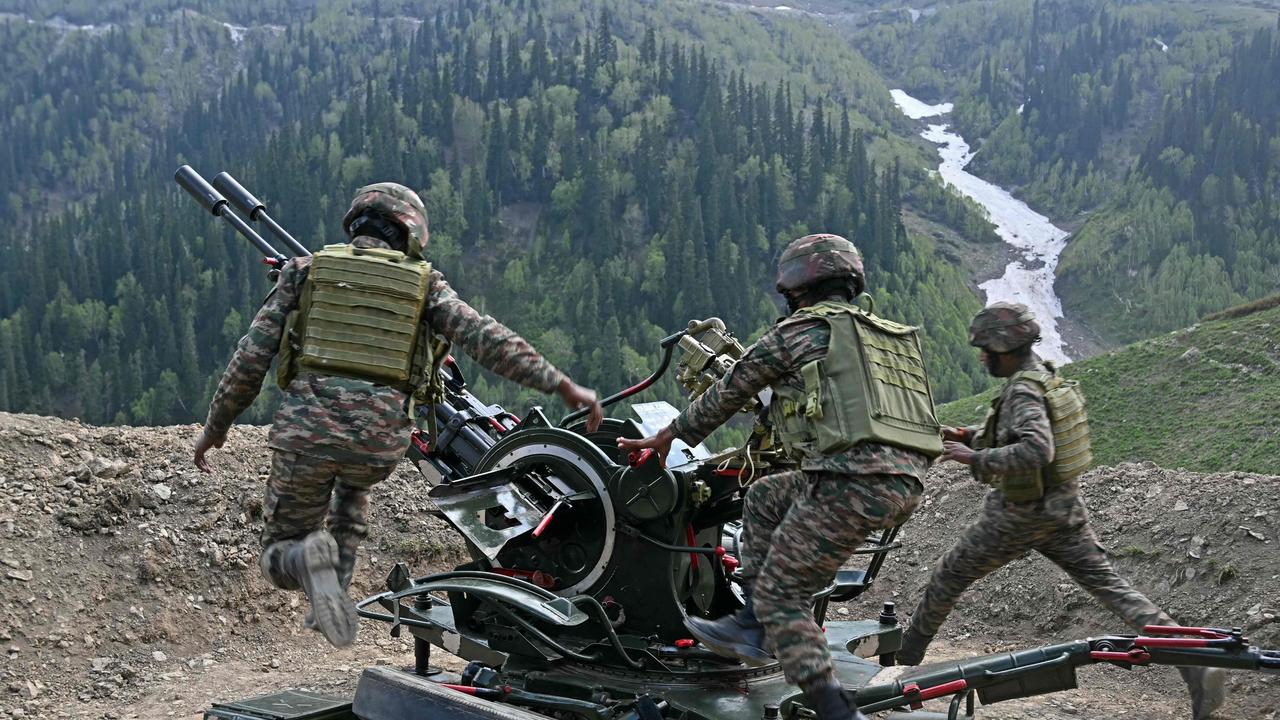
India had superior defence backup to Pakistan, but the various systems did not always combine as well as had been hoped. Pakistan, in conjunction with the Chinese, had developed an attacking force rather than a defensive one. Pakistan’s leading air weapon was the Chinese-made J-10C fighter, equipped with advanced PL-15 air-to-air missiles.
Chinese J-10 aircraft were pitched against India’s French-made Rafale jets, and an ecstatic Pakistan announced its J-10 fighters had downed three Rafales. Later reports said only one was downed, and even that was denied.
If a J-10 can down a Rafale, the Chinese aircraft may be too good for our problem-racked Joint Strike Fighter F35 aircraft. Thanks to Elon Musk, President Trump now understands the F35 mess and is planning a new aircraft. But it will need to match a second Chinese aircraft, the J-20, which can fly much higher than our F-35 and has greater range. It is a vastly superior aircraft.
Indonesia plans to spend $US8bn ($12.1bn) on Rafale jets but is now scrutinising what happened in the India-Pakistan conflict. China would almost certainly sell Indonesia the J-10 and J-20 aircraft.
Indonesia’s French fighters will give it a clear advantage over Australia, but if it upgraded to the J-20 we would be well behind.
Looking to our north, there are at least four countries that have superior aircraft, missile and drone capabilities. Albanese can argue we have good relations with all four countries and there is no way they would try to grab northern WA. But if the PM takes time to study history, relying on another country for defence dangerous.
Rich countries that don’t protect their assets eventually lose.
More Coverage
Originally published as Albanese government must tread very carefully with our defence security




